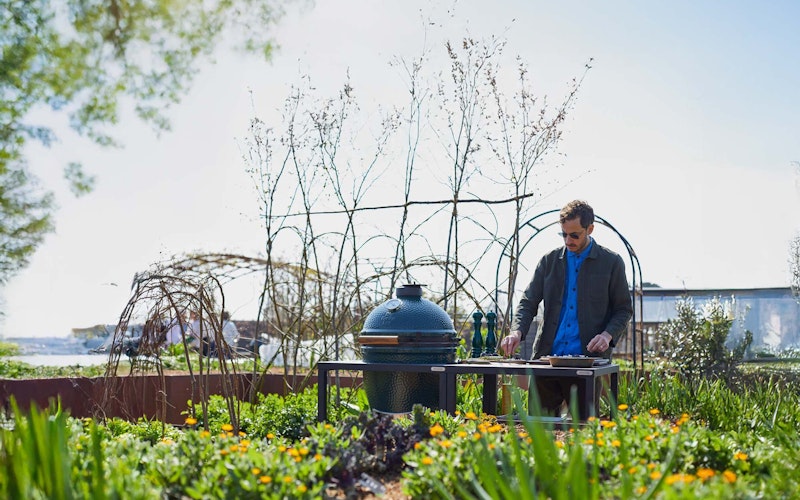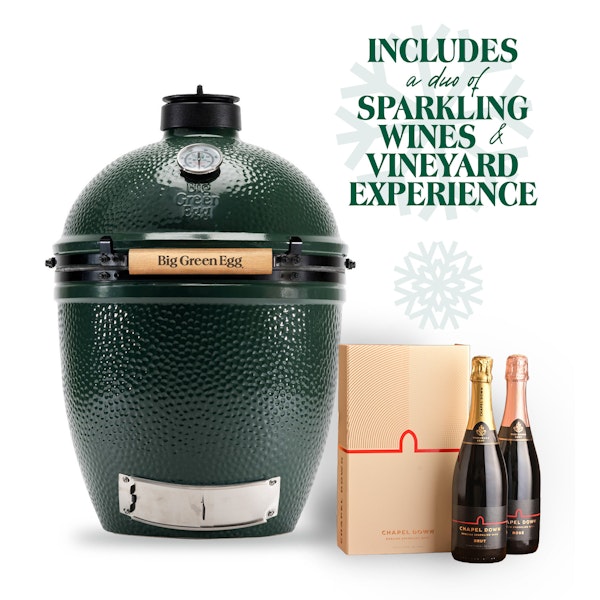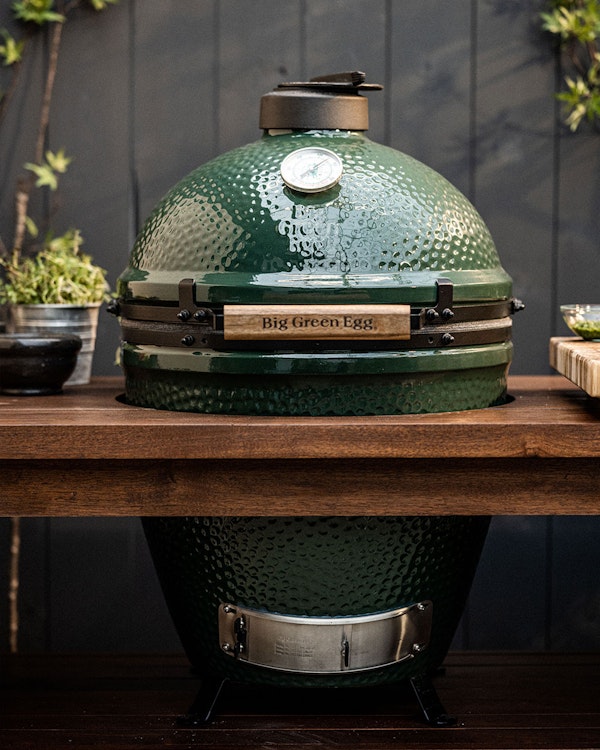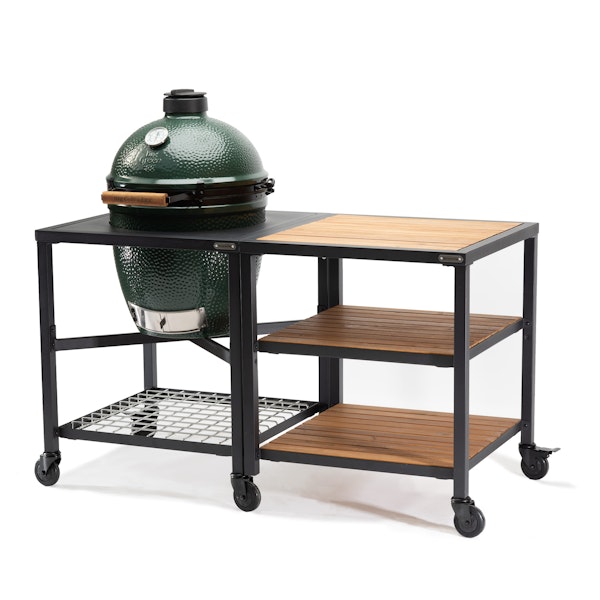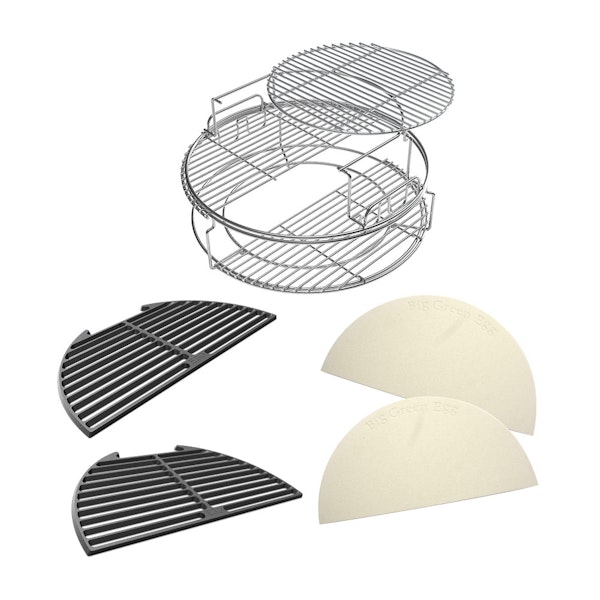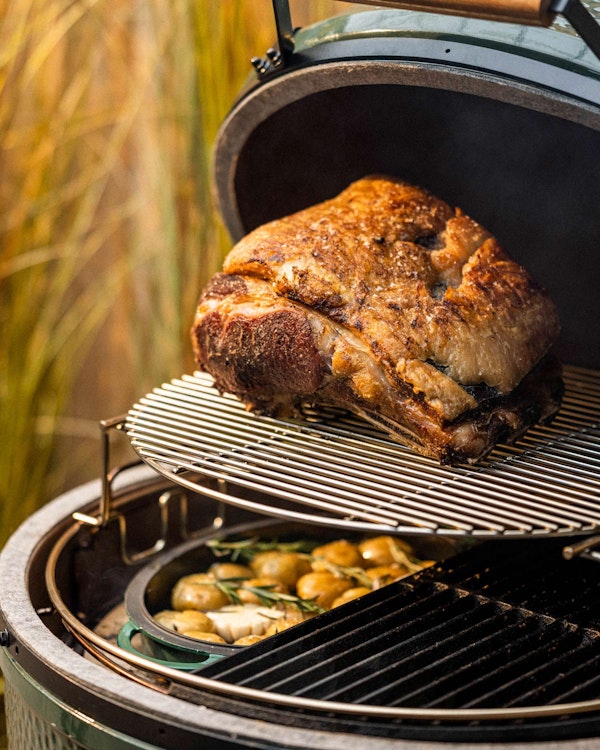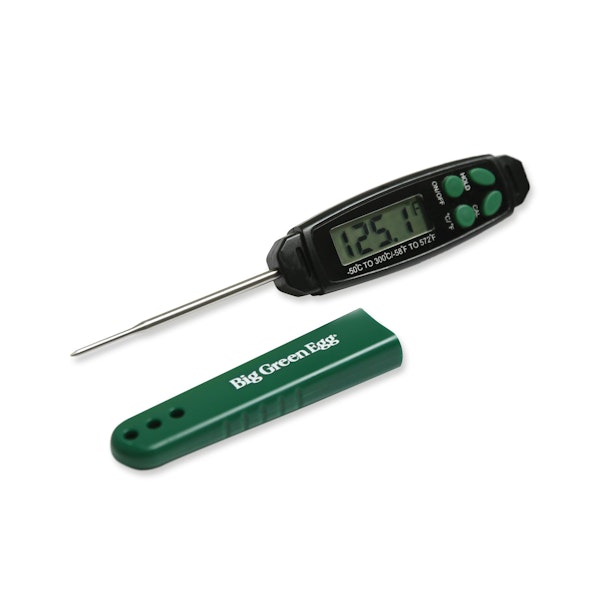Where did your interest in gardening spring from?
It started at a young age. I was lucky enough to grow up in London with a small, urban back garden. My mum was a very keen gardener, so she gave me a little patch that I could call my own. We’d often go to the garden centre, and I was always allowed to choose something to plant in my patch. We also had a small allotment where we grew things that we could take back home and cook for dinner. I was always fascinated by the process of putting things in the ground and seeing them grow. I was always in the garden, or up in Richmond Park, our amazing local park. We also spent a lot of time in Cornwall through the summers. Although I grew up in a city, I built a real affinity with the natural environment. I loved the sensory experiences you could get from spending time in nature.
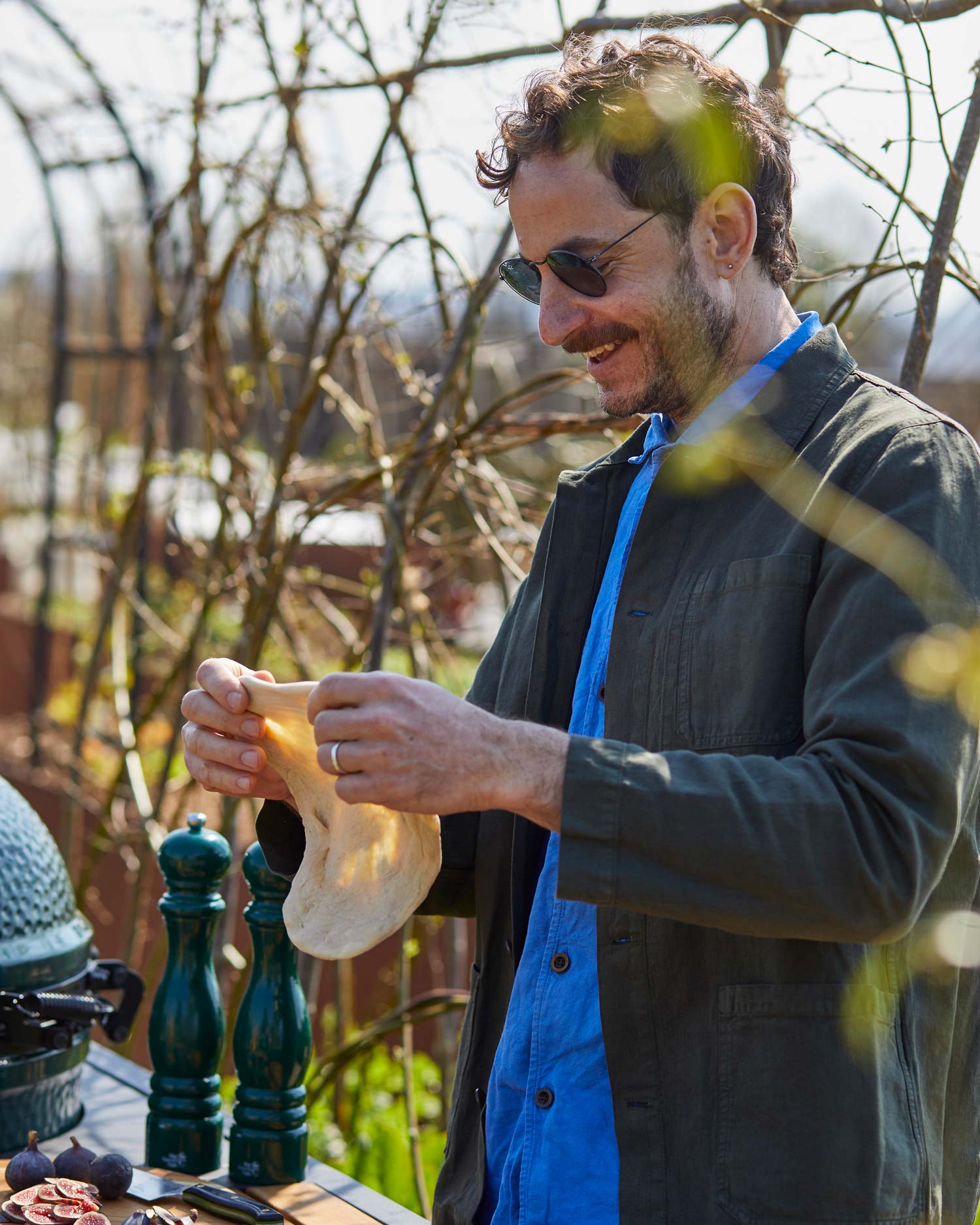
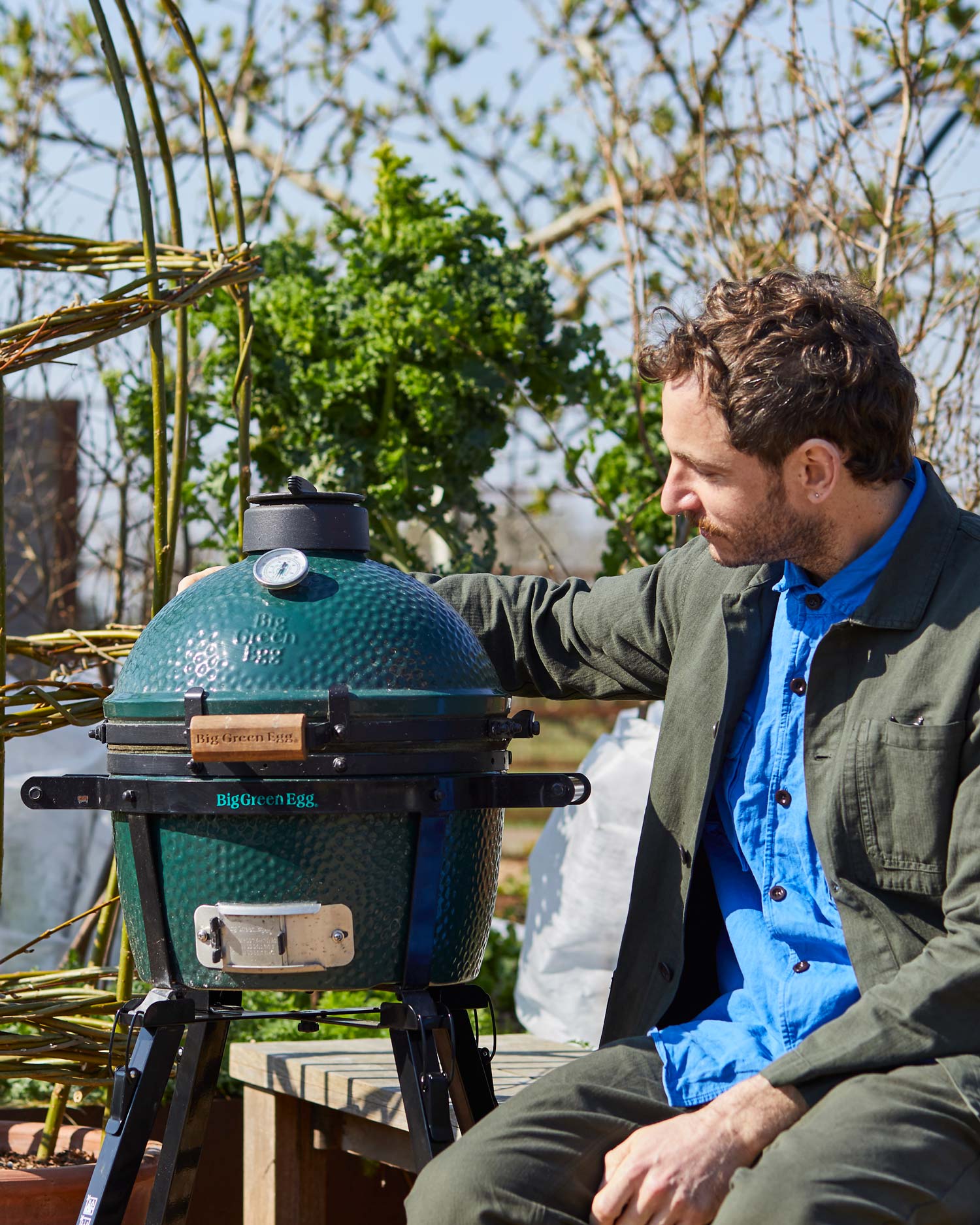
Every garden you design is unique, but is there a guiding philosophy that underpins your projects?
I come from an art and design background – I studied animation for my degree – so I’ve always been interested in aesthetics. But at the same time, I’m fascinated by ecosystems and natural processes and the wild, untamed side of nature. There’s a really nice saying: messy ecosystems, orderly frames. What that means is, a purely wild landscape can be evocative and interesting in many ways, but as humans we’re quite ordered – we like some sense of regimentation. So, if you have a wild flower meadow and you mow a path around it, that simple act alone makes it more palatable, more relatable. That’s something I like to explore through landscape design: having some sense of order, then allowing nature to be wild within those parameters.
Part of it is also about acknowledging that our gardens aren’t just for humans. We have to consider local wildlife. Because of human activity, biodiversity is under such threat. We should be looking to support pollinating insects and other invertebrates, birds and mammals. We should also try to be better for the environment in other ways – for example, designing spaces that offer sustainable water management to help mitigate flooding or the discharge of sewage into our rivers.
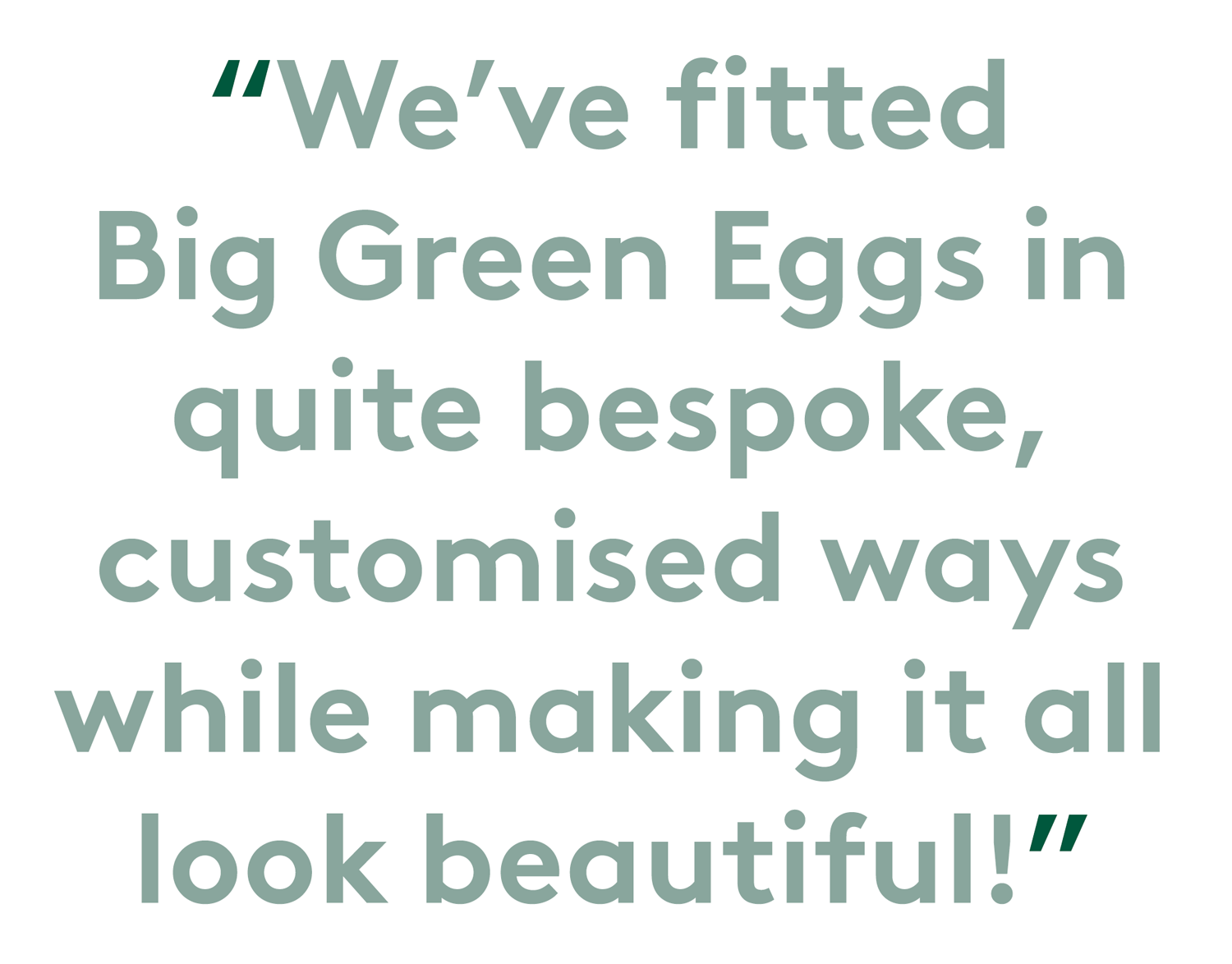
There seems to be parallels between your approach to gardening and the forms of regenerative agriculture that some farmers have been exploring in recent years. Is that the case?
There’s a lot of synergy. Often, agriculture leads the way in asking these questions. How can we restore our soils? How can we support biodiversity while also providing for humans? Regenerative agriculture is an area that I’m personally really interested in. How can we provide food in a way that doesn’t destroy the planet and doesn’t just kill the soil?
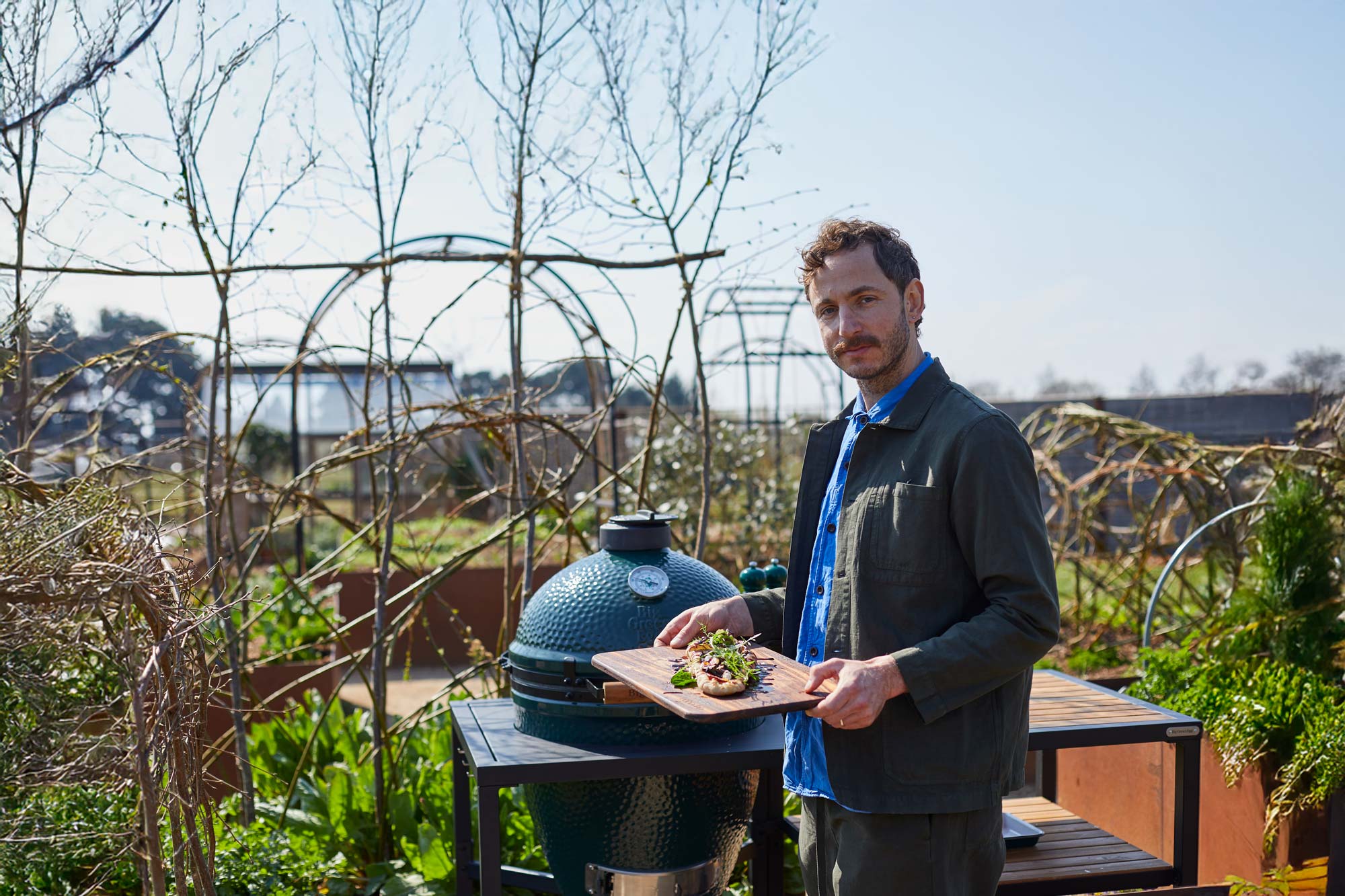
So, are edible plants a big part of your arsenal?
Very much so. Nature connection is such an important part of my work – we want there to be as many reasons as possible to make people go outside into their garden spaces – and edible plants are a big part of that. If you relate gardening to food, I find that people develop a much deeper interest and understanding. In nearly every scheme I design, there’s some form of edible plant within it. I’m really interested in how that can encourage a deeper connection with nature and a desire to spend more time outside, interacting with the garden.
Are you someone who enjoys cooking and eating outdoors?
It’s something I really enjoy. I love going to friends’ houses for a barbecue or sitting in a garden preparing food and then eating it outside on my EGG. It’s such a magical experience – nourishing yourself, but also spending time surrounded by a natural environment. I’d say nearly every private residential client we work for asks for somewhere to cook outside – in fact, it’s probably the single most asked-for thing. Often people have quite small gardens, but I like the challenge: how do you fit in space to grow, space to eat, space to cook? How do you fit an outdoor kitchen in a compact space? We’ve fitted Big Green Eggs in quite bespoke, customised ways while making it all look beautiful!
Many of your high-profile commissions for businesses and charities have involved a storytelling component – an attempt to communicate ideas that go far beyond the aesthetics. Is that something you enjoy doing?
Yes, I think it harks back to my animation days – telling stories, working for a partner who has something to say. Gardens can engage people in a multi-sensory way. They’re such evocative spaces, capable of stimulating visual senses, taste, touch, smell. They have the power to really move people.
What’s the story that your garden at Chelsea Flower Show is seeking to tell?
What we’re exploring is the integration of technology into a garden, into a landscape, in ways that can protect and preserve that garden into the future. We’re living through a number of crises – the climate emergency, biodiversity loss, pollution, urban sprawl – and we need green infrastructure in our cities to create more habitable spaces. At Chelsea, we’re using an array of sensors to monitor the trees in the garden and get real-time information about their condition – whether they’re drawing up enough water or getting enough light, or the air quality surrounding them. We then have an AI tool that’s been trained using data on those specific trees. Using the real-time data from the sensors, it can monitor predicted and current weather conditions and offer a language-based way for people to interact with that tree and ask questions about what it might need, how it’s feeling, how it will fare in the future.
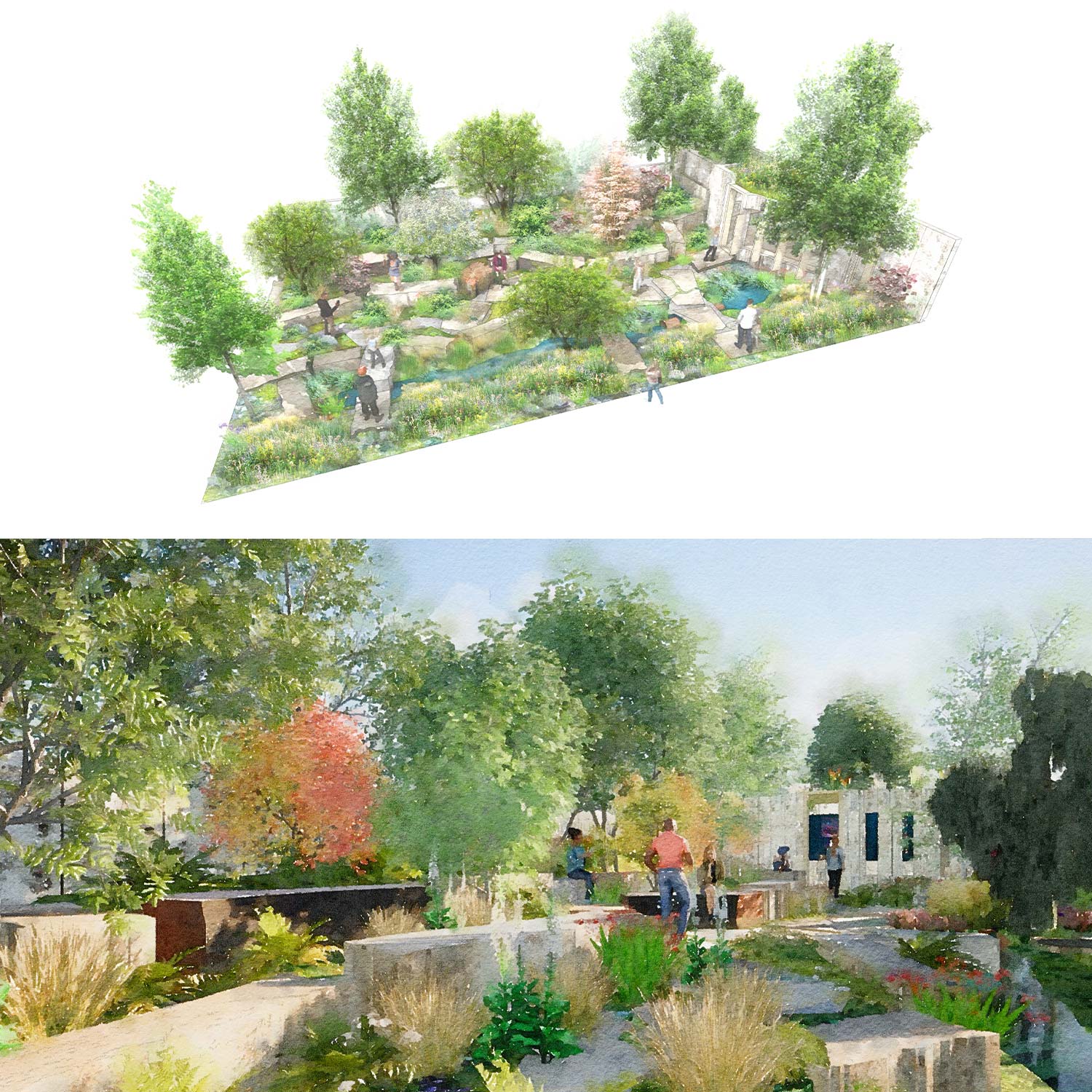
Is AI not part of the problem when it comes those environmental crises?
Yes, it’s a conundrum. So, my personal view is that in its infancy, AI is going to use fossil fuel-based energy in an intensive way, but ultimately the amount of energy that’s going to be needed to sustain AI systems is going to have to be renewable, and AI itself will supercharge that development. It will force us to move away from fossil fuels faster than we would have done without it, and it will turbocharge the development of those technologies. It’s like moving from hand tools to power tools, or from horses to cars. In their infancy they’re dirty, but as they become more streamlined, more efficient, they become safer and more sustainable.
Other than trees, what else are you growing in the Chelsea garden?
There’s an array of different edible species, from berries to flowers to roots. At the back of the garden, we’ve got a pavilion made out of mycelium – essentially, we’re growing a skin by using fungus to colonise a cladding panel. And within that pavilion, we’re growing edible fungi, showcasing that mushrooms can be grown by gardeners at home with the right conditions. So, although we haven’t got space to cook, there are lots of edible plants, encouraging that deeper interaction with the garden.
